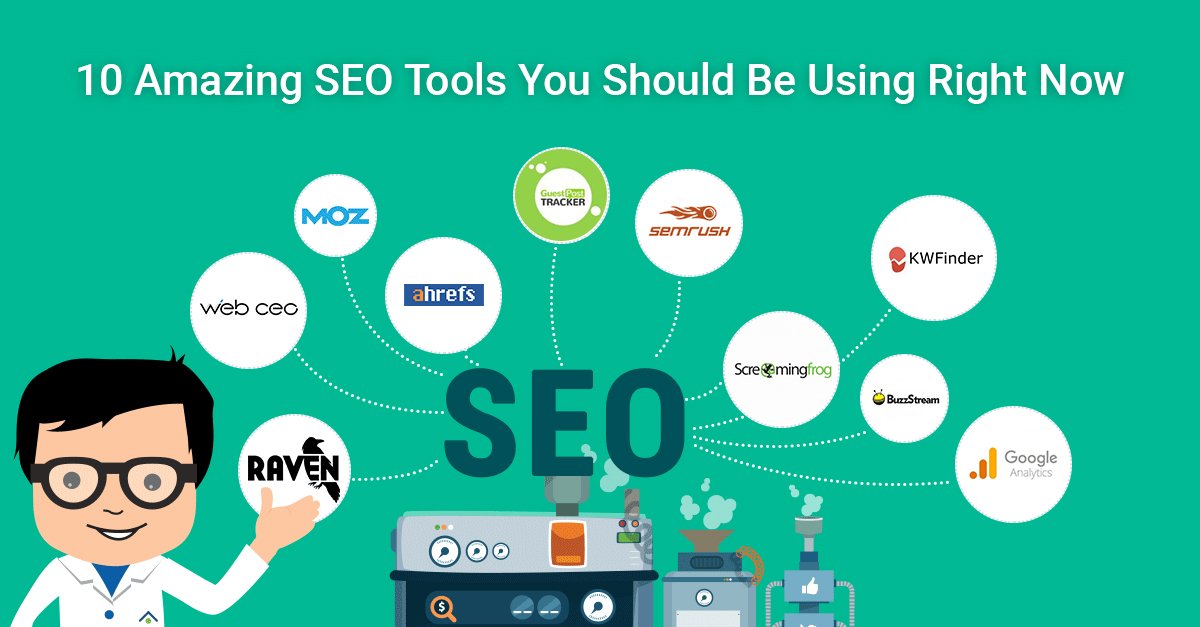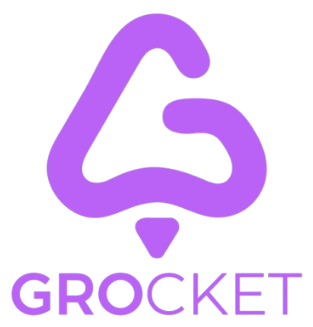Google search is the most important online advertising tool for businesses of all sizes. Without it, many small business owners would be left wondering if their business is located on the top or bottom of the Google search engine results pages (SERPs). With millions of monthly searches on Google, your business can expect to see some type of Panda update at some point. When these updates take place, Google will give a specific page or website a higher ranking than other websites that offer similar services or products. This page is called a “first page” ranking page and there are lots of different first page ranking methods. Let’s explore each one in detail so you know which one is right for your business.
What is a first page ranking page?
A first page ranking page is the first page that Google sees when it performs a search for your business. Your first page ranking page is the first page that shows up in the SERP. The first page ranking page is determined by the algorithm, which is controlled by Google. It’s the page number and not the page content that determines your page’s placement in the SERP. This is why you need to make sure your page has an appropriate number of ads. If your page has too few ads, then the algorithm will place them close to the top of the page. If your page has too many ads, then Google will reduce the amount shown to make room for more relevant ads. This means that your first page ranking page must be balanced with ads that encourage users to click on them.
Why does Google assign a first page ranking for websites?
There are many different factors that contribute to a website’s first page ranking. These factors include: – The authority of the website – The quality of the content – The clarity of the writing – The variety of the content – The timeliness of the content – The relevance of the content – The trustworthiness of the website – How easy it is to find the information on the website – How helpful the website is – How useful the website is – And last but not least, the level of competition for your business

How to Rank on the First Page of Google
The first step to having a higher first page ranking on Google is to have an appropriate number of ads. You can determine this by using the ad auction place and selecting the optimal number of ads for your business. This number will determine how much traffic you receive and ultimately, how many conversions you will have. When you have an appropriate number of ads, you can then focus on optimizing your site to rank higher on the first page.
Keywords in Google AdWords
Keywords are what drive people to your site. They are the topics that you should be focusing on, especially if you want to rank well on the first page of Google. The first step to getting a higher first page ranking on Google is to have an appropriate number of ads. You can determine this by using the ad auction place and selecting the optimal number of ads for your business. This number will determine how much traffic you receive and ultimately, how many conversions you will have. You can then focus on optimizing your site to rank higher on the first page.
PPC (Pay Per Click) Ads: The Future of Online Advertising!
PPC (Pay Per Click) Ads are a evolution of online advertising. They are automated, computer-generated ads that run against your website to drive traffic to your site and lead to conversions. PPC ads started with Google’s first page update in 2011 and have gone through several revisions ever since. Because of these changes, it’s important to stay current on PPC advertising trends so you don’t fall behind your competitors. With PPC ads, the advertiser sets the price they are willing to pay for each click. Typically, this price is based on your product’s price and the demand for that product. Google then recalculates this price and places your ad at the top of the search engine results pages (SERPs) when a user clicks on your ad. It’s an excellent way to drive traffic to your site and make money online. Here are 5 reasons PPC ads are the future of online advertising: Advanced Targeting – It’s now very easy for businesses to set their ads up to target specific segments or audiences. For example, a travel website could set up ads that target New York City tourism. These ads could show ads related to attractions in New York City or attractions in nearby Queens. Custom Ads – With PPC ads, businesses can also create their own ads. This is an excellent way to create unique ads that target specific audiences and segments. No-Risk Assessment – PPC ads are computer-generated. There are no execution or payment risk due to Google’s algorithm or ad server. This means there are no execution or payment risk for the ad server. Price Discovery – PPC ads are computer-generated. This means there is no way for advertisers to know what the actual price of their ad will be. This could lead to overpriced ads or ads with low quality images.
Conclusion
Google search is the most important online advertising tool for businesses of all sizes. Without it, many small business owners would be left wondering if their business is located on the top or bottom of the Google search engine results pages (SERPs). With millions of monthly searches on Google, your business can expect to see some type of Panda update at some point. When these updates take place, Google will give a specific page or website a higher ranking than other websites that offer similar services or products. This page is called a “first page” ranking page and there are lots of different first page ranking methods. Let’s explore each one in detail so you know which one is right for your business.





